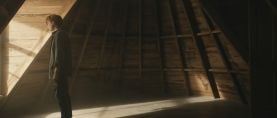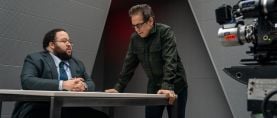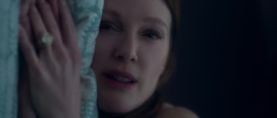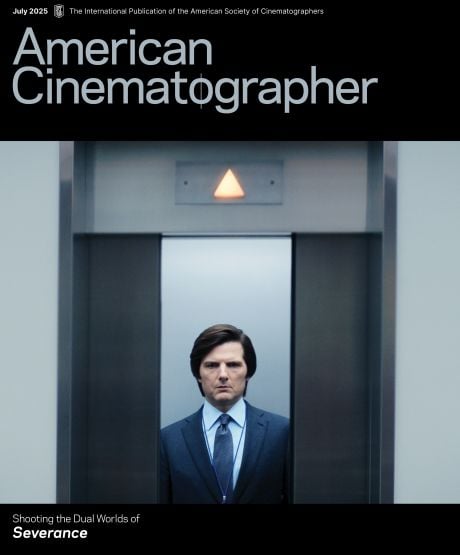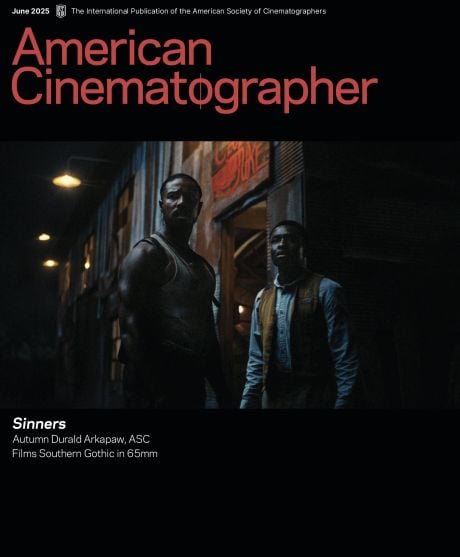
How Past and Present Share the Same Frame in a Flashback Scene From Ironheart
A cinematographer on the superhero series reveals her lighting and blocking strategies for a poignant moment in Episode 5.
When director Angela Barnes asked me to work with her on Episodes 4, 5 and 6 of Ironheart, I was thrilled for the adventure ahead. Angela's vision was clear: The show needed to feel grounded in emotional storytelling, while visually reflecting the brilliance of our hero, Riri Williams. We aimed to “plus” everything on screen, while tying it all to our wonderfully character-driven scripts.
Heart of the Story
At the core of every good drama lies the emotional trajectory of its characters, and I try to read every script with an eye for the milestones of this journey. Those transformative beats must be delivered believably and evocatively if the audience is to invest in and care about the characters. For Riri (played by Dominique Thorne), one such moment unfolds in a scene in Episode 5, in which she confronts the grief she has run away from for years, following the murders of her stepfather Gary (LaRoyce Hawkins) and best friend Natalie (Lyric Ross).
Leading up to this scene, Riri’s armored suit is destroyed by friend-turned-enemy Parker Robbins (Anthony Ramos) and his team — an attack from which she narrowly escapes. This makes her keen to distance herself from Parker as much as possible. Riri's mother, Ronnie (Anji White), asks her to stop at Gary’s Auto Repair shop before they leave town and she reluctantly agrees. Once there, Ronnie shows her an object from her past and her AI — created by Riri and assigned the acronym N.A.T.A.L.I.E. to honor the real Natalie — projects a memory of Riri’s childhood, from which she had been attempting to escape. This event serves as a catalyst for Riri's evolution: As N.A.T.A.L.I.E. describes, she wants to show Riri "that when you try to forget all the memories that make you sad, you wind up forgetting all of the ones worth remembering.”
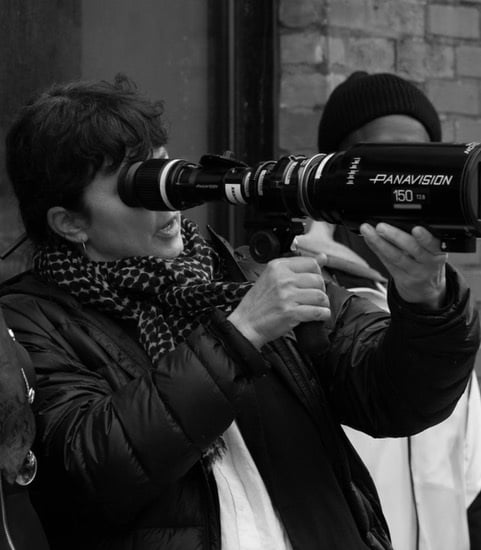
Past and Present, Face to Face
Angela delved deep into the story to inspire her creative choices. She loves to embed layers of meaning in her blocking and visual storytelling, and she and I discussed at length how to best convey this pivotal story beat through the show's visual language. Rather than cross-cut between Riri's painful memory and the present moment, we decided to overlay the memory directly onto the scene. (In our story, Riri manages to save the reactor that contains N.A.T.A.L.I.E. from her damaged suit, which can project information.) With the help of our fantastic visual-effects team, led by Greg Steele, we were able to project our flashback footage as a slice of a scene stitched into the present-day scene. Placing the Riris of both the past and the present in close proximity — literally face to face — provided a great way to land the scene's emotional beat and its momentous shift in our protagonist’s story.
Also Read: Behind the Cinematography of Iron Man, With Matthew Libatique, ASC, LPS
In our conversations with Greg and his team, it became clear that fixed camera positions would make our workflow a lot smoother. Angela and I worked with stand-ins in prep to develop blocking that would work for both our past and present scenes. We had four camera positions that would be common to both parts: a wide angle from the side of the garage to see the projector beam and the relationship of the past to the present, and closer shots that emphasized the actors’ proximity to one another. The trickiest angle was an over-the-shoulder shot on young Riri that adult Riri steps into. Angela wanted it to be clean for the first part, and then have Gary’s shoulder come in more prominently once adult Riri is there. I think it really pays off in the cut; we feel his impact on her.
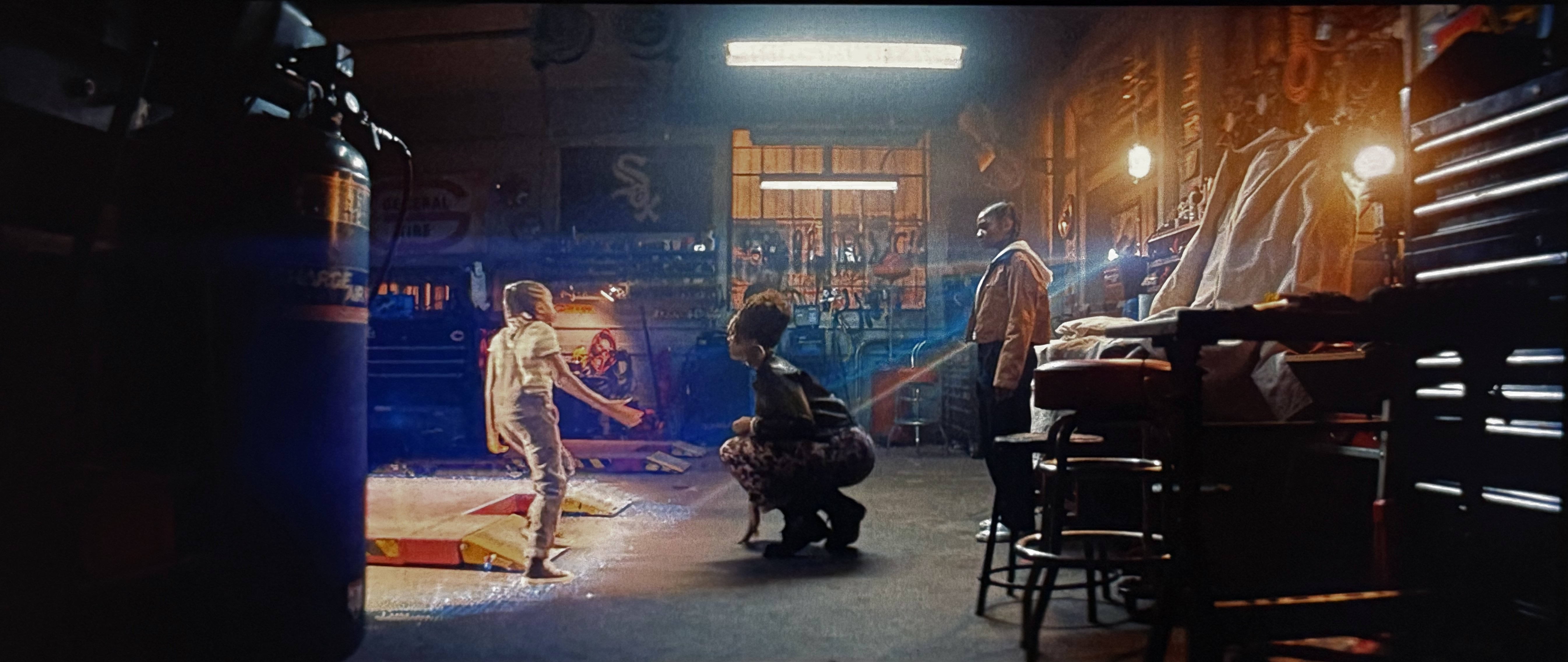
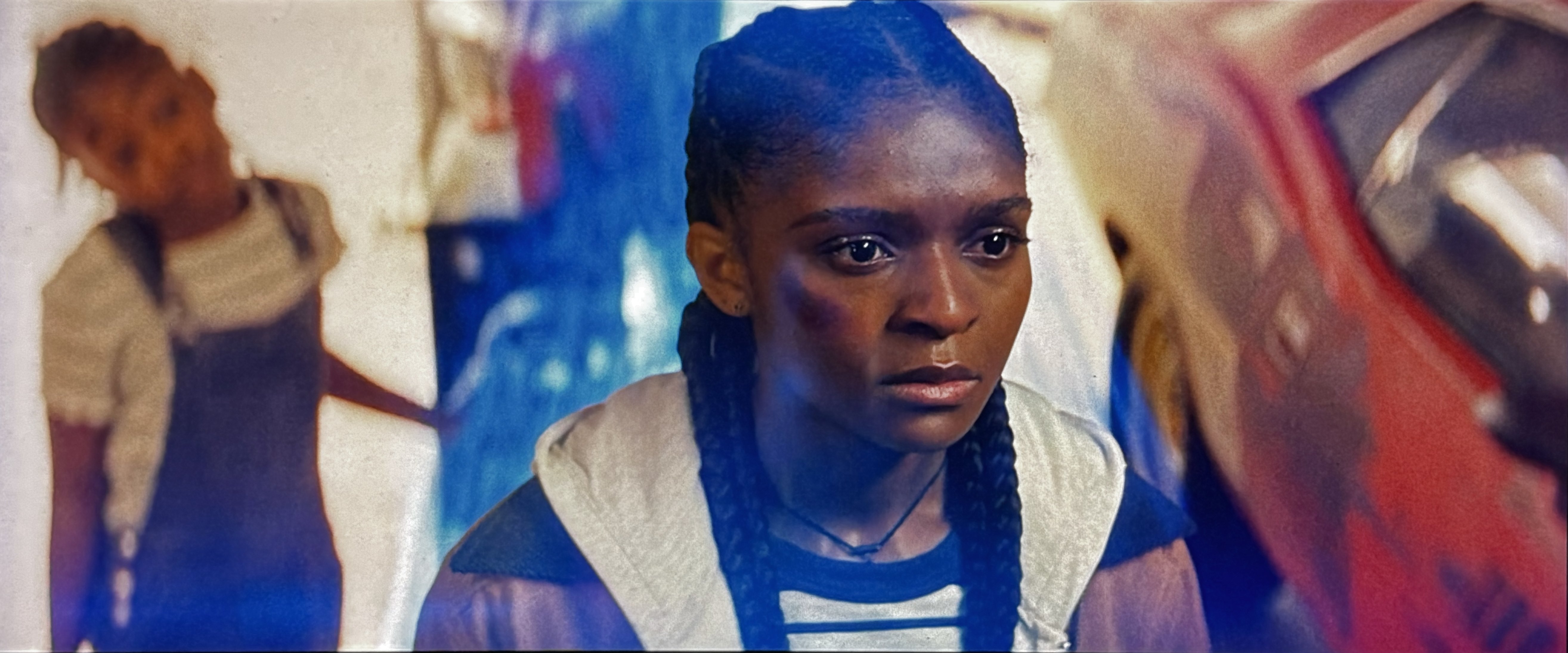
Daytime Dance
Gary’s Auto Repair was a practical location on Edgewood Avenue in Atlanta. The art department made a beautiful set in the skeleton of an old service station. The flashback was set at daytime and the main, present-day scene took place at night, which helped us cut one image out within the other. For logistical and scheduling reasons, we could not shoot these two parts on the same day. Filming them on separate days took careful planning. Angela and I were conscious about how things were placed within the flashback (which was filmed first), so as to best dovetail with the present-day scene. The camera team, led by 1st AC Stephen Early, made very detailed notes and marks that helped us match the two scenes, and we assembled a stringout cut of the flashback, which the actors in the present-day scene could watch before we shot their performance.
I wanted the two parts to feel emotionally at opposite ends of the spectrum. The flashback has an open and warm feeling, evoking nostalgia for an easier time in Riri’s life. Working with DIT extraordinaire Jonathan Carbonaro, I gave the flashback look a warmer tone and a bit more grain than our other footage. Gaffer Danny Durr had an 18K in a Condor tucked behind the building on the other side of the street, which provided a beautiful backlight that came in the open garage door. That source and the bright ambient light bounced off of the garage floor, filling the set with gentle wrapped fill. We also had a light coming through the window near the back door, which served as fill looking toward the garage door and an edge on Gary when we turned around.
By the time Gary and young Riri share a dance, we are completely within the flashback. This is a point in the present-day scene at which Riri and Ronnie are transfixed by the memory. The camera becomes more fluid, and the warm, daylit scene offers a respite to the bleak tone of the episode.
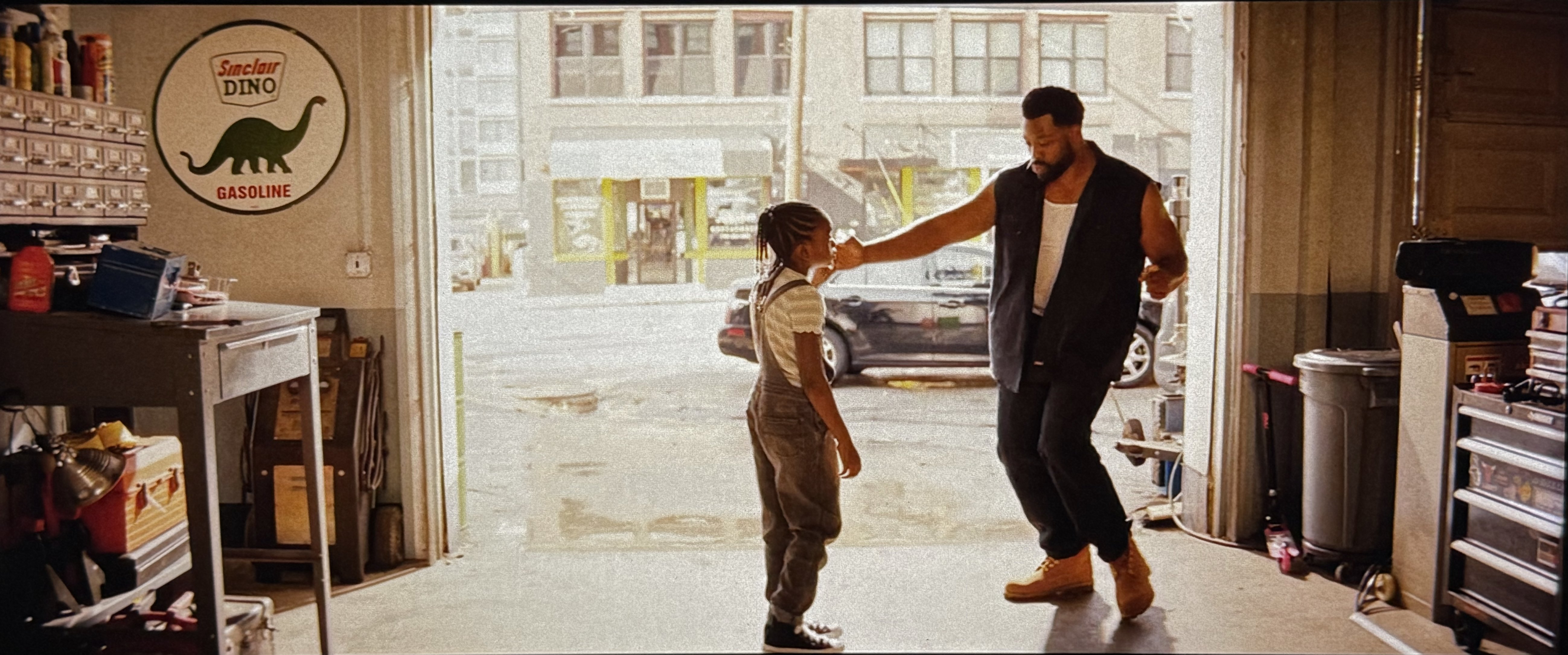
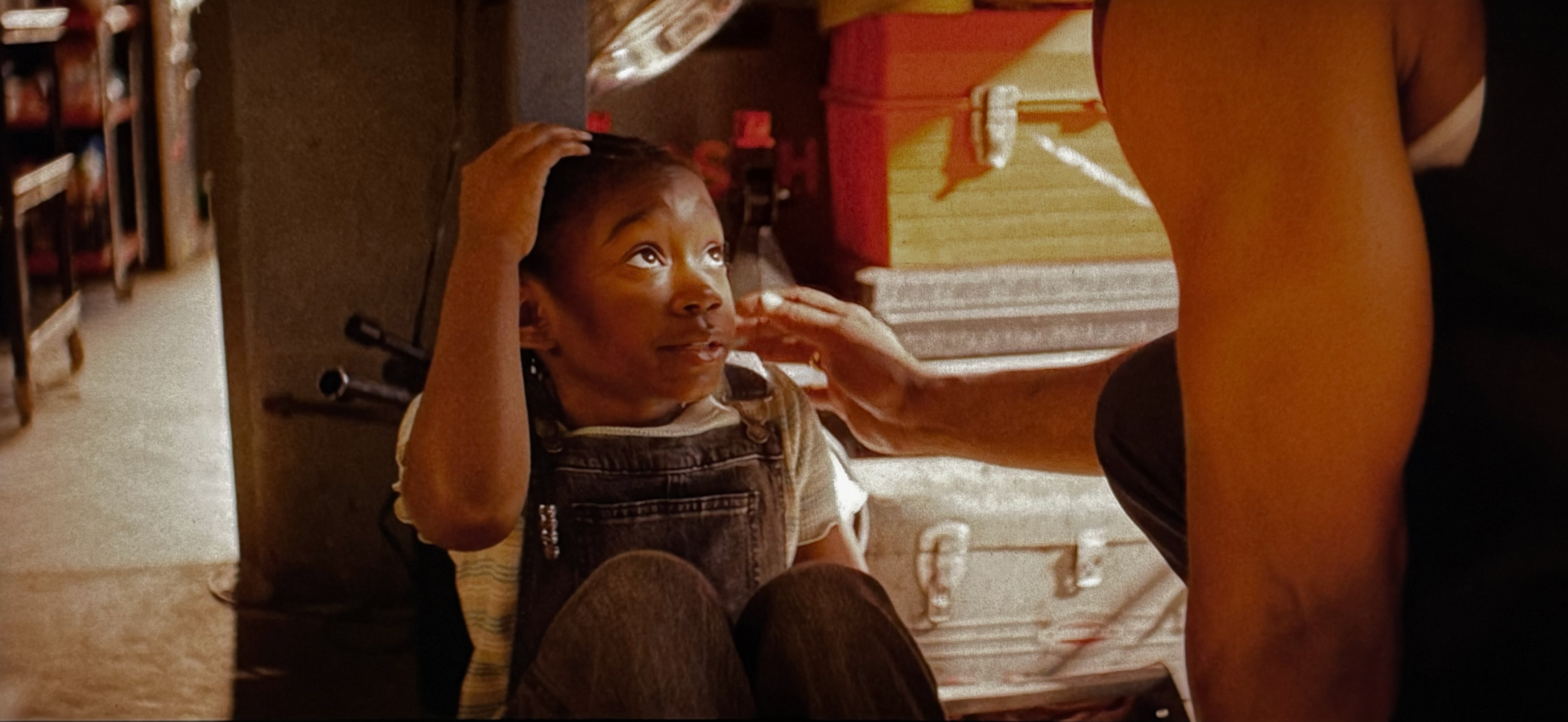
Night to Remember
The nighttime-garage look is more forlorn: This is a space that has been abandoned for many years, and it serves as a visual mirror that reflects the memories Riri had largely blocked out.
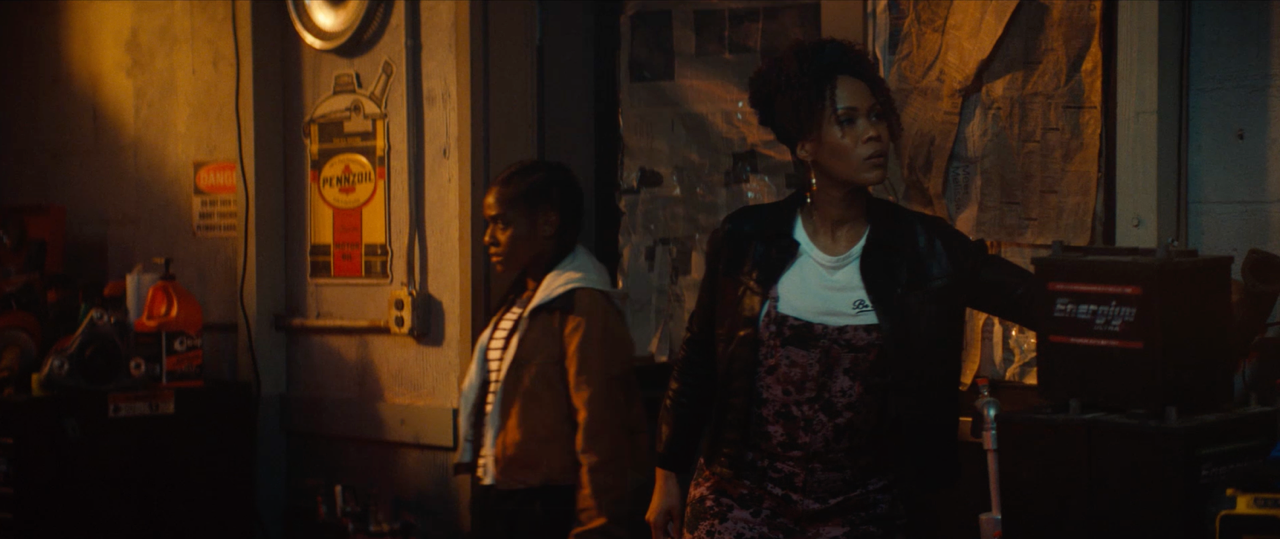
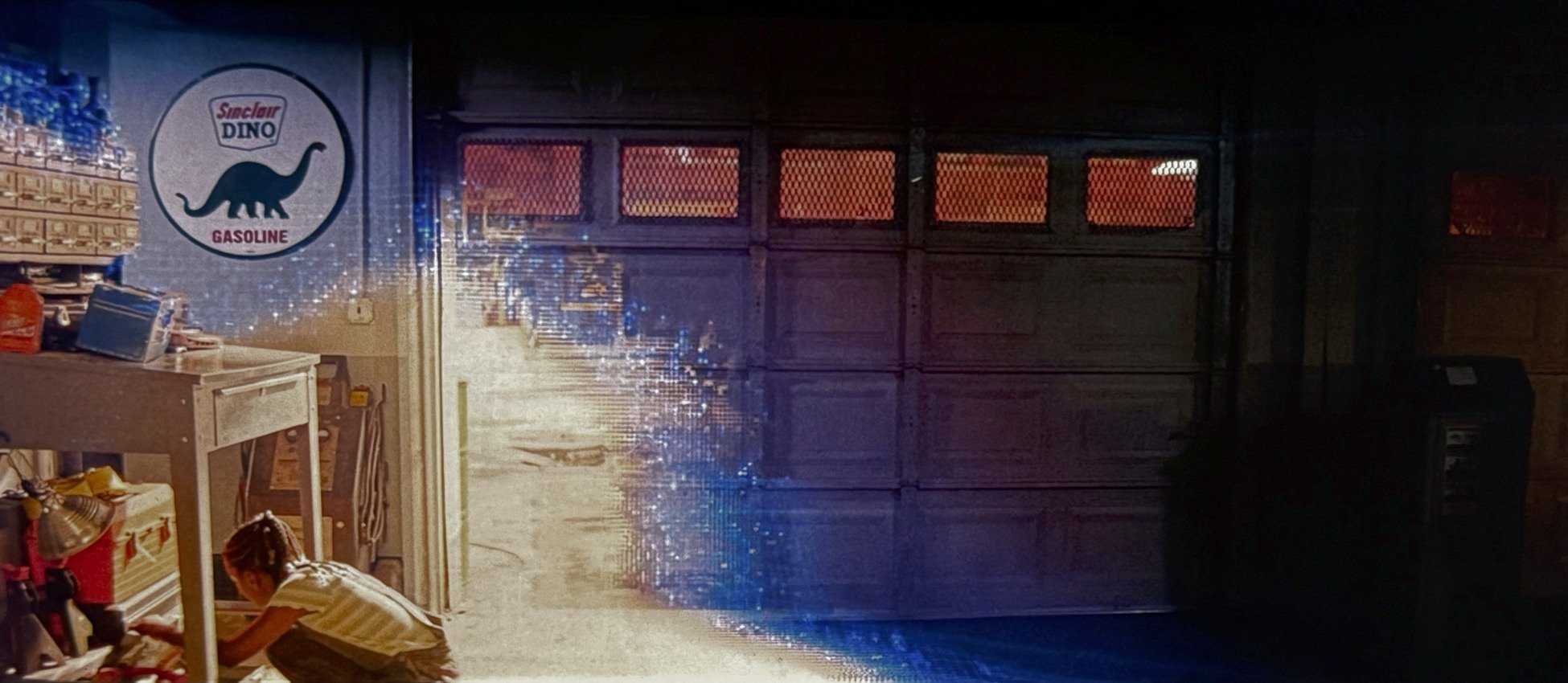
For this environment, I decided to use overhead practical fixtures sparingly, leaving areas in darkness. Each overhead unit had two individually controlled custom FauxFlos with LED ribbon made for us by the fixtures team. Danny Durr and key grip Brandon Cundiff rigged Condors with five Creamsource Vortex8s and two Proteus Maximus movers each. These were incredibly useful and flexible tools for our night work. We were able to very specifically focus these for pools of light and a variety of colors. The back and side windows were lit with Vortex8s; Chimeras were aimed through the newspaper-covered windows. Brandon’s team tailored the overhead practical lights to fit the tone — either with duvetyne skirts to keep the light in pools, or with diffusion skirts to let more light into the actors’ eyes. A rule I had for this set was to keep the lighting units either outside the set or above it, to allow for the movement of actors and cameras. (See our lighting plan in the diagram below.)
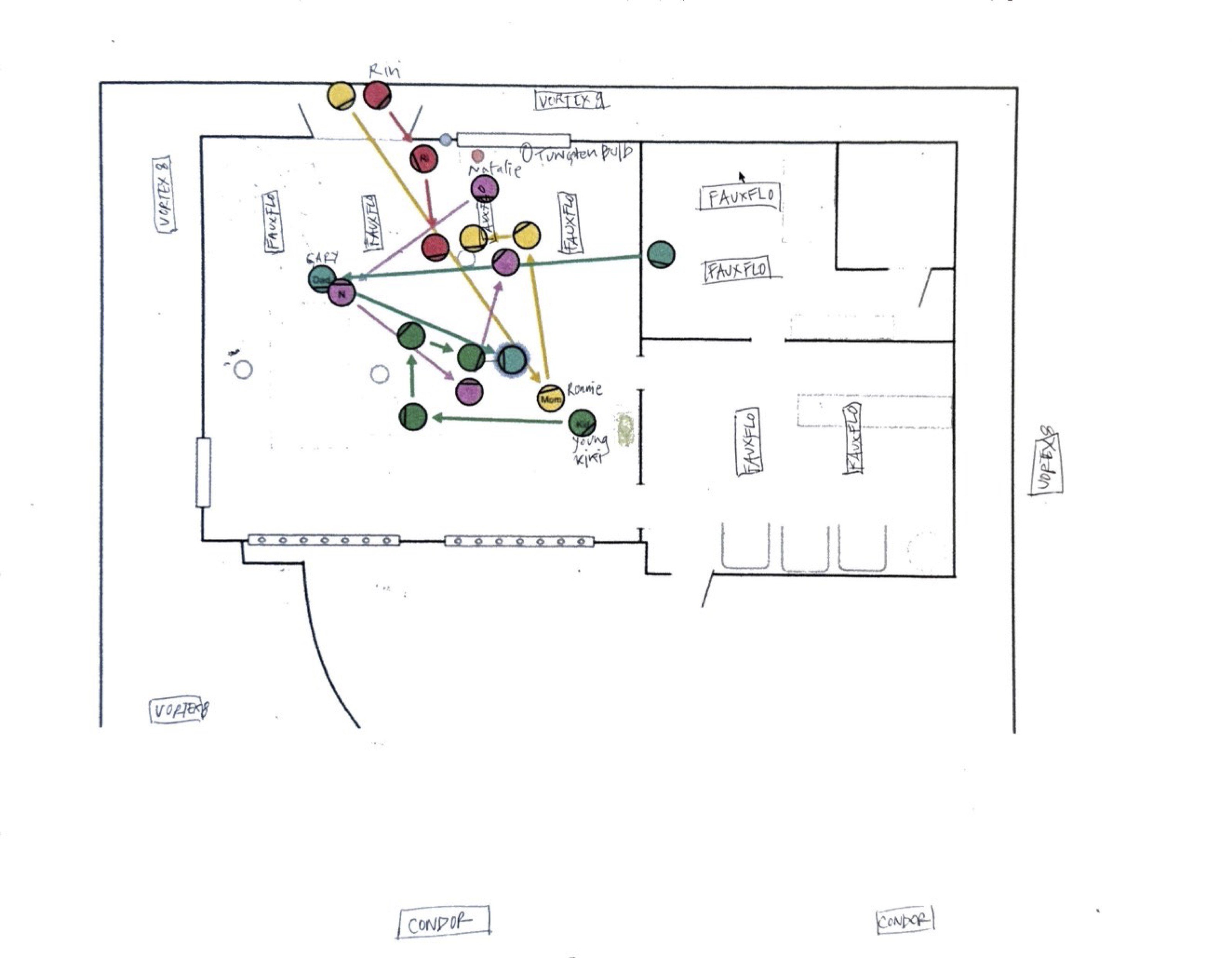
One of the things I love about filming at night is the wide variety of available color temperatures — which, In our case, provided a great contrast to our day scene. The neon-red sign outside of Gary’s garage motivated a reddish light coming from the front-right garage-door windows. In the back, we used a sodium-vapor look to contrast with the cool-fluorescent tone of the overhead practicals. Small tungsten bulbs on dimmers gave a little punctuation on the walls, and played in contrast to the blueish light emitted from the HUD projection.
I used selective eyelight to establish when Riri is connected and when she is closed off. For the scene after the flashback, we wrapped some of the overhead lights with diffusion in the close-ups, to bring them more into her eyes. During the flashback, we used a direct eyelight to make a connection with what she was watching.
On a show like Ironheart, about 80 percent of the image is created in prep — and to that end, we met many times with our art, SFX, VFX, props, camera, grip and lighting departments to nail down the details of this crucial scene. It was incredibly gratifying to work as a team to deliver an emotional beat, and later, during our first previs screening, for that moment have everyone in tears.
Ironheart is now available to stream on Disney Plus. All images courtesy of Disney.
